Tesla, a name synonymous with innovation in the electric vehicle (EV) sector, continuously evolves its strategies to enhance the efficiency and sustainability of its operations, especially in battery production. As the demand for electric vehicles surges, the focus on Tesla’s battery production and its raw material sourcing strategies has become more critical than ever. In this post, we will delve deep into how Tesla is navigating the complexities of its supply chain, particularly concerning raw material procurement for electric vehicle batteries.
At the heart of Tesla's success is its revolutionary approach to battery production. The company's ability to scale up production while managing costs and ensuring sustainability in sourcing is noteworthy. Tesla’s battery production is heavily reliant on a robust supply chain network that sources raw materials like lithium, cobalt, and nickel, essential for manufacturing high-performance electric vehicle batteries.
Sustainability is a cornerstone of Tesla's business model, not just in vehicle production but across all its operations including raw material sourcing. The sustainable sourcing Tesla strategy includes minimizing environmental impact and ensuring that the procurement processes are ethical. Tesla has been actively investing in partnerships and technologies that support sustainable extraction and processing of essential minerals.
Lithium stands as one of the most critical elements in the production of electric vehicle batteries. Tesla's lithium procurement strategy focuses on diversifying its supply sources while investing in mining operations that uphold high environmental and social standards. For instance, Tesla has entered into multiple long-term agreements with mining companies across the world to secure a steady supply of this vital resource.
Cobalt sourcing at Tesla has evolved significantly, given the ethical concerns associated with cobalt mining in regions like the Democratic Republic of Congo. Tesla has been working towards reducing the cobalt content in its batteries, aiming for cobalt-free batteries in the future. On the other hand, nickel supply chain management is pivotal as nickel increases energy storage capacity in batteries. Ensuring a reliable and ethical nickel supply is a significant aspect of Tesla's strategy, involving close collaboration with mining companies that adhere to responsible extraction practices.
Overcoming Raw Material Challenges
Tesla raw material challenges are manifold, including price volatility and geopolitical tensions that can affect supply stability. To combat these issues, Tesla has developed a proactive approach by engaging in direct relationships with miners and refining its inventory management to buffer against market fluctuations. This strategic move not only secures materials but also stabilizes prices.
Ethical sourcing electric vehicles are paramount to maintaining brand integrity and consumer trust. Tesla adheres to strict ethical guidelines to ensure that every part of its supply chain, from mining to manufacturing, respects human rights and environmental standards. This commitment extends to all Tesla battery suppliers, who are expected to comply with Tesla’s code of conduct which emphasizes transparency, fairness, and sustainability.
Cost reduction strategies Tesla employs are crucial in making EVs affordable and competitive with conventional vehicles. By innovating in battery design and manufacturing processes, Tesla has significantly cut costs. The introduction of economies of scale through their Gigafactory operations further drives down expenses, making sustainable technologies accessible to a broader market.
The Tesla Gigafactory supply chain is a marvel in modern manufacturing. These facilities are strategically located to optimize logistics, reduce transportation costs, and leverage local resources effectively. The Gigafactories are designed to be as self-sufficient as possible, integrating multiple production processes under one roof to streamline operations and minimize environmental impact.
Renewable Energy Resources
Renewable energy resources Tesla integrates into its supply chain reflect its commitment to sustainability. From using solar energy to power its Gigafactories to exploring new methods for battery recycling, Tesla is at the forefront of incorporating renewable practices in its operations.
Battery recycling Tesla has embarked on addresses the end-of-life issue of EV batteries. By developing efficient recycling technologies, Tesla aims to recover valuable materials from spent batteries, reducing the need for new mining activities and lessening environmental impact.
In conclusion, Tesla’s comprehensive approach to raw material sourcing for battery production exemplifies its commitment to innovation, sustainability, and ethical practices. The company’s strategies span across securing diverse and sustainable sources for critical minerals, ethical engagements within the supply chain, advancements in battery technology for cost reduction, and initiatives for recycling. As Tesla continues to lead the charge towards a greener future, its efforts in refining these strategies further cement its position as a leader not just in EVs but in global sustainability efforts.
Thank you for joining me on this exploration of Tesla’s strategic endeavors in transforming challenges into opportunities within the EV landscape. Stay tuned for more insights on how leading technologies are paving the way for a sustainable future.

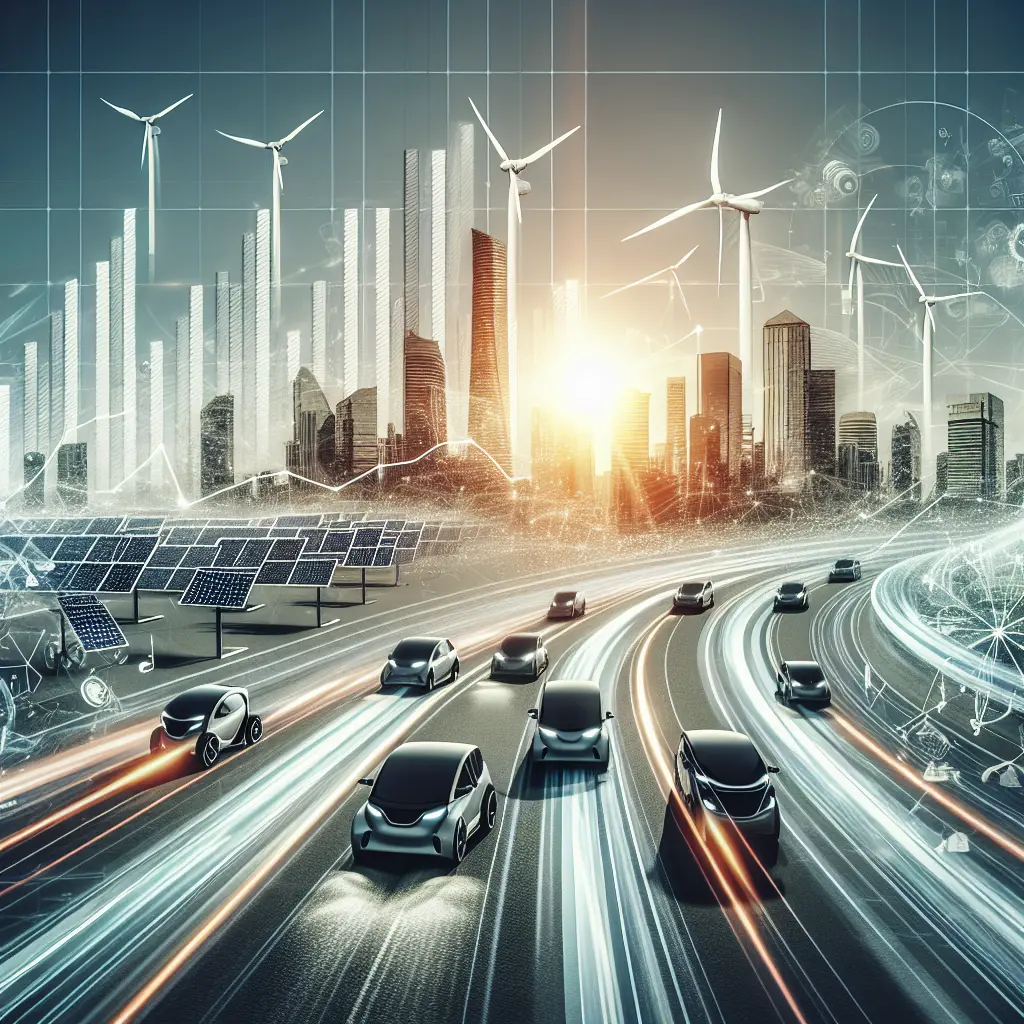
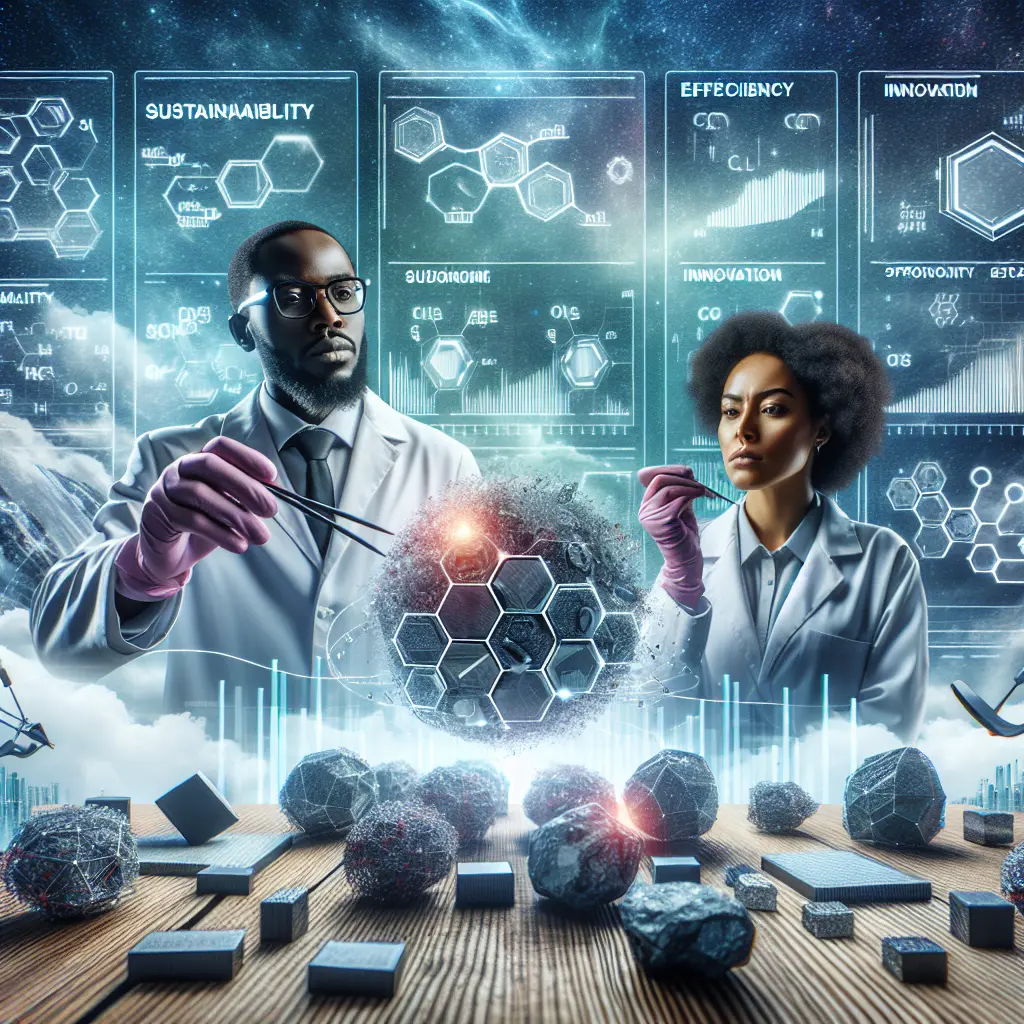

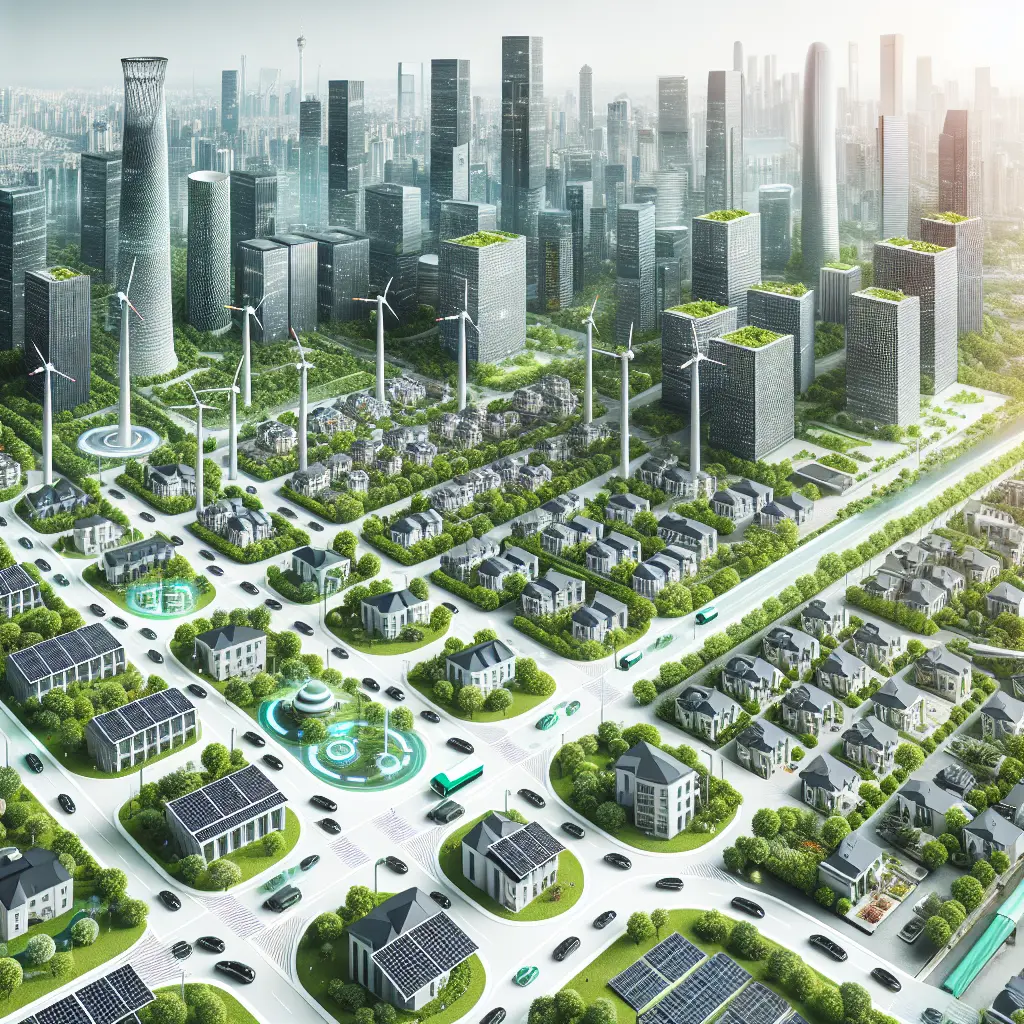
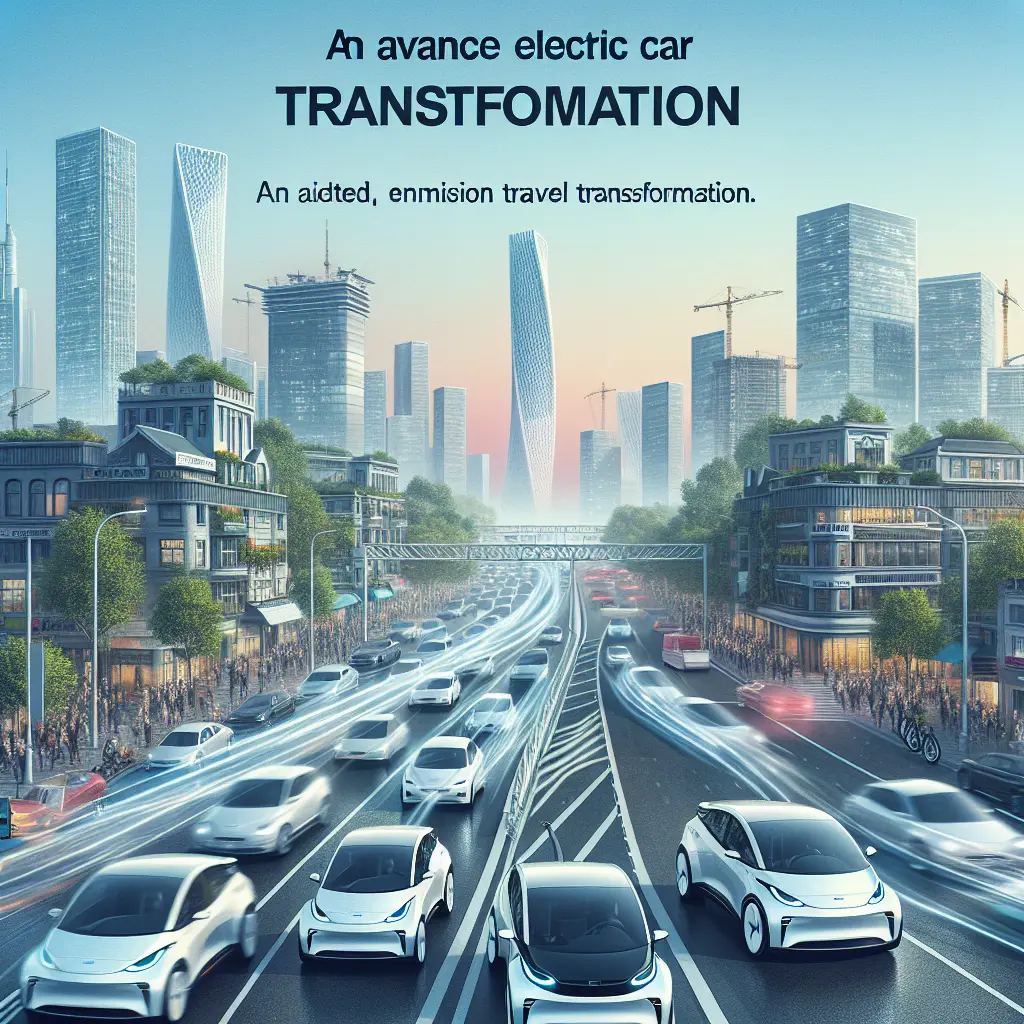
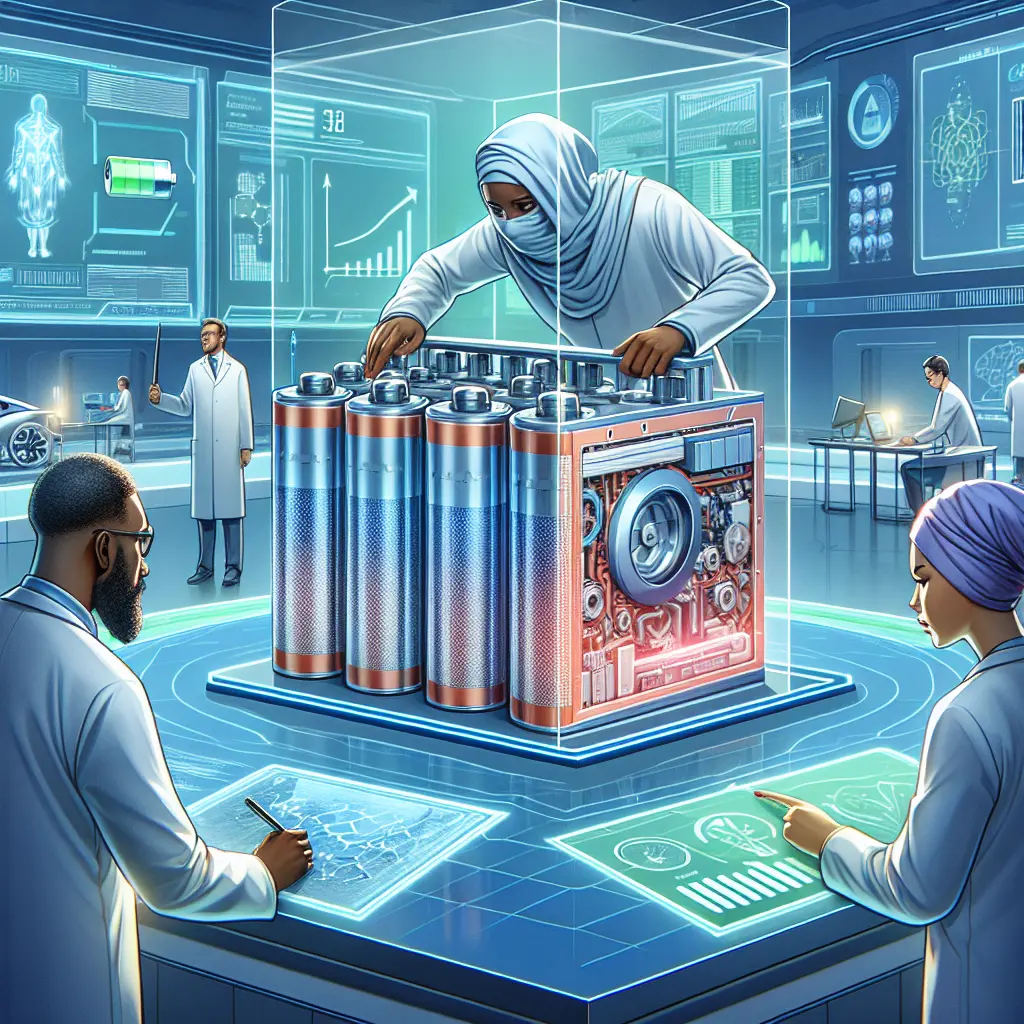
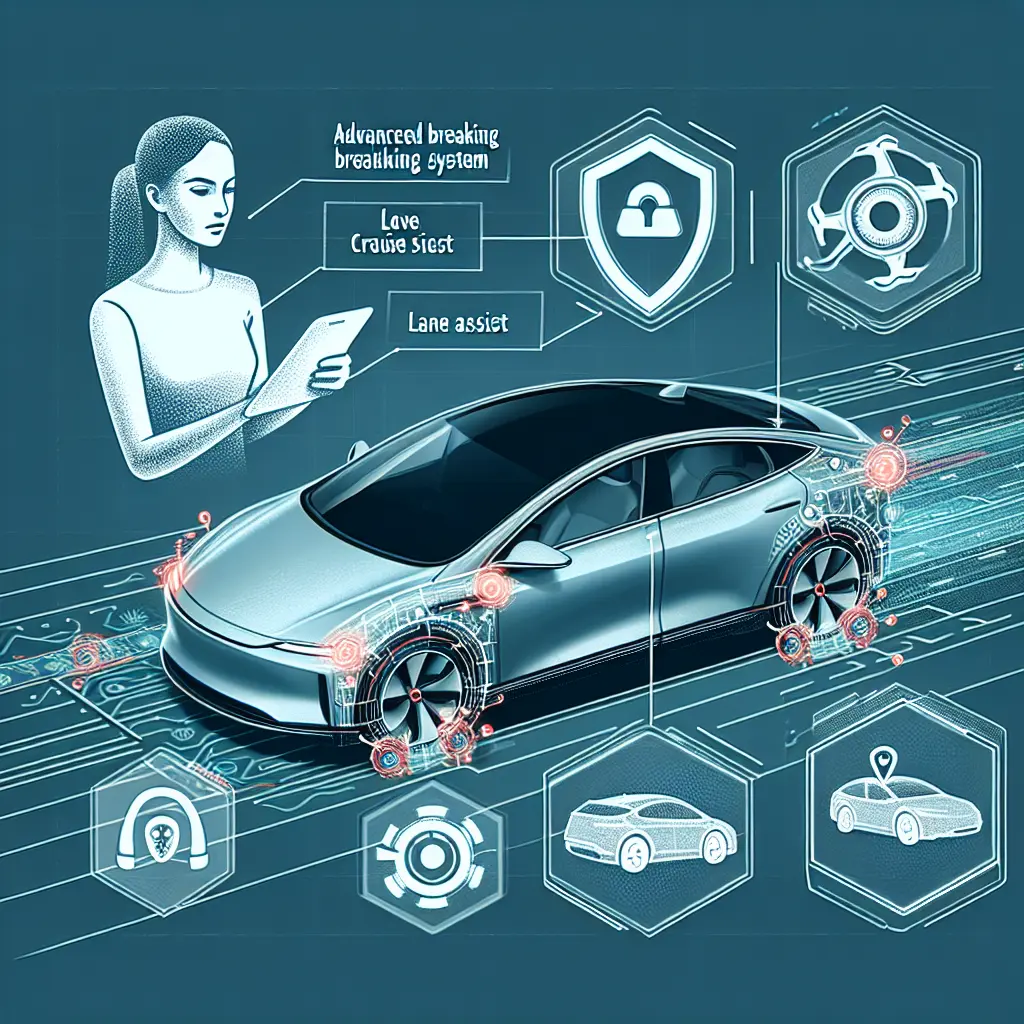

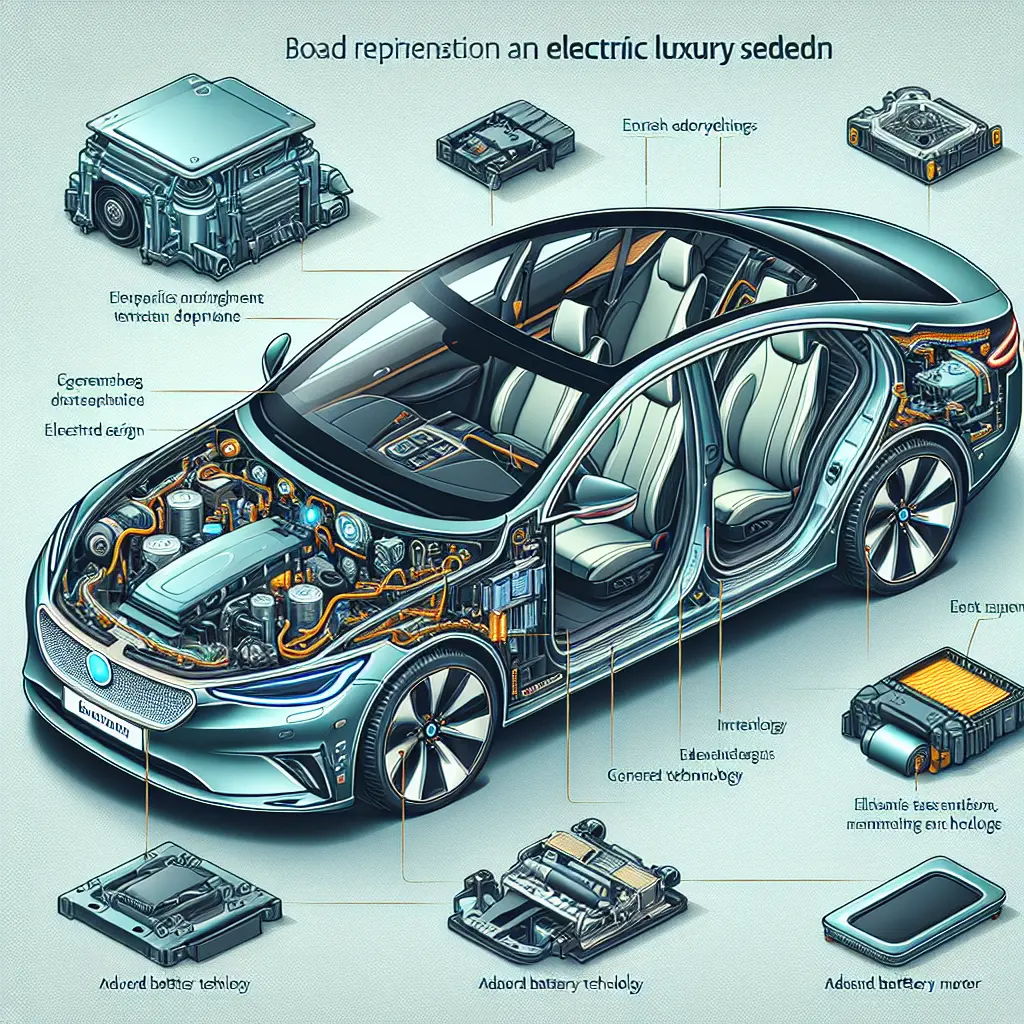
Leave a Comment